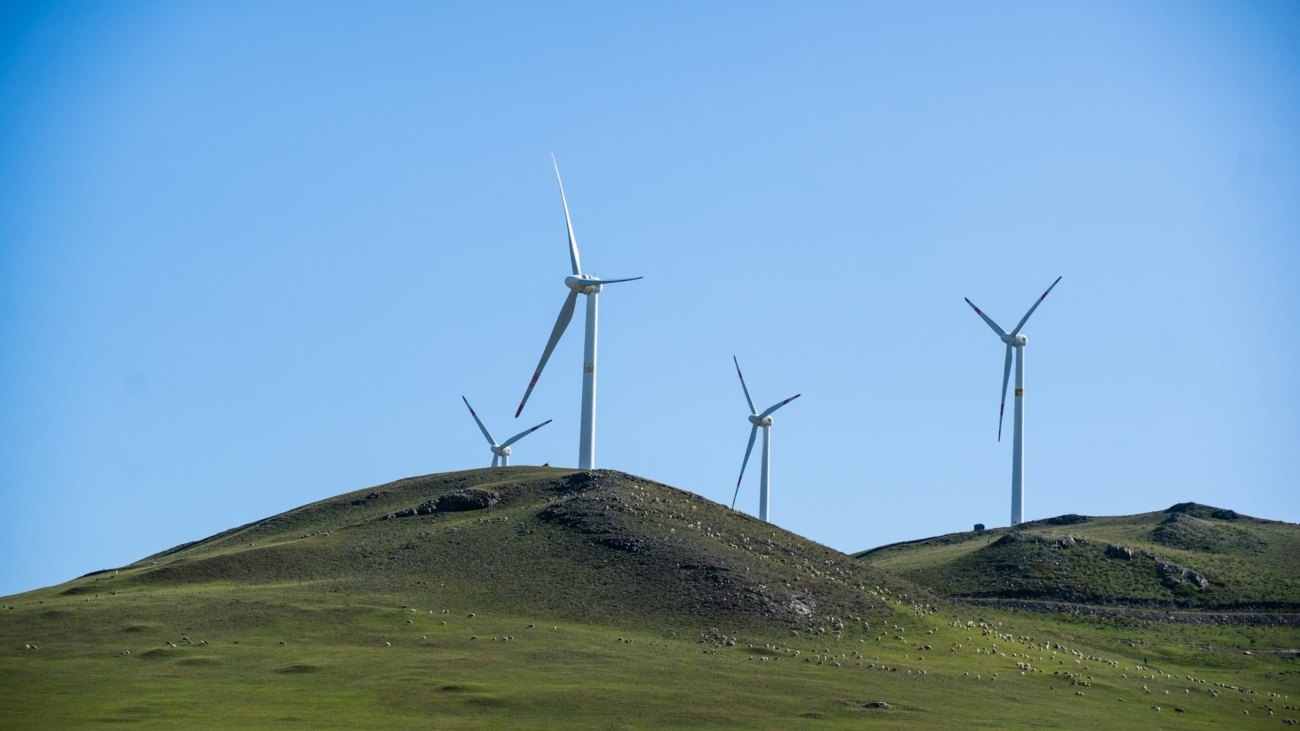Wind energy stands as one of the most promising sources of renewable energy, offering a clean and sustainable alternative to fossil fuels. In India, where wind potential is significant, optimizing wind energy generation and storage is crucial for achieving energy security and environmental sustainability. This article explores advanced methods to adjust wind energy production to wind variations using efficient storage technologies. It also delves into strategies to reduce inertia and other losses, improve materials for wind turbines, and address maintenance needs, all while considering the economic implications in the Indian context.
Optimizing Wind Energy Generation and Storage
Adjusting to Wind Variations
Wind energy generation is inherently variable, as wind speeds fluctuate throughout the day and across seasons. To ensure a stable and reliable power supply, it is essential to integrate efficient energy storage systems with wind turbines.
- Battery Energy Storage Systems (BESS): Lithium-ion batteries, with their high energy density and efficiency, are ideal for storing excess wind energy. They can release stored energy during periods of low wind, ensuring a continuous power supply.
- Pumped Hydro Storage: Excess wind energy can be used to pump water to a higher elevation. When energy demand is high or wind speeds are low, the stored water is released to generate electricity through hydro turbines.
- Compressed Air Energy Storage (CAES): In this system, excess wind energy compresses air, which is stored in underground caverns. The compressed air is then released to drive turbines and generate electricity when needed.
Coordinated Generation and Storage
The interaction between wind energy generation and storage systems is critical for maximizing efficiency. Advanced algorithms and AI can predict wind patterns and optimize the charging and discharging cycles of storage systems.
- Predictive Analytics: Machine learning models can analyze historical wind data and weather forecasts to predict wind speeds. This information helps in planning energy storage and distribution.
- Real-Time Monitoring and Control: IoT sensors and smart grids enable real-time monitoring of wind turbines and storage systems. Automated control systems can adjust the operation of turbines and storage devices to match supply with demand dynamically.
Enhancing Efficiency and Reducing Losses
Reducing Inertia and Mechanical Losses
Inertia and mechanical losses are significant challenges in wind energy systems. These losses can be minimized through innovative design and materials.
- Advanced Gearbox Design: Using lightweight and high-strength materials for gearboxes can reduce mechanical losses. Magnetic gearboxes, which have fewer moving parts, can also minimize friction and wear.
- Direct Drive Turbines: These turbines eliminate the need for gearboxes, directly connecting the rotor to the generator. This design reduces mechanical complexity and increases efficiency.
Improving Materials for Wind Turbines
The choice of materials for wind turbines plays a crucial role in their efficiency and longevity.
- Carbon Fiber Composites: Carbon fiber-reinforced polymers offer high strength-to-weight ratios, making them ideal for turbine blades. These materials can withstand high stress and fatigue, improving the durability and performance of wind turbines.
- Advanced Coatings: Protective coatings can reduce wear and corrosion on turbine components, extending their lifespan and reducing maintenance needs.
Minimizing Electrical Losses
Electrical losses occur during the transmission of energy from wind turbines to the grid. These losses can be minimized through efficient power electronics and grid infrastructure.
- High-Efficiency Transformers: Using transformers with low-loss cores and advanced cooling systems can reduce electrical losses during power transmission.
- Smart Grid Integration: Smart grids with advanced control systems can optimize the flow of electricity, reducing losses and improving reliability.
Maintenance and Economic Considerations
Maintenance Needs of Wind Energy Systems
Regular maintenance is essential for ensuring the optimal performance and longevity of wind energy systems.
- Predictive Maintenance: AI and machine learning can analyze data from sensors on wind turbines to predict when maintenance is needed. This approach reduces downtime and maintenance costs by addressing issues before they become critical.
- Robotics and Drones: Robotic systems and drones can perform inspections and maintenance tasks on wind turbines, especially in hard-to-reach areas. These technologies enhance safety and efficiency.
Economic Considerations
The economic viability of wind energy depends on several factors, including capital costs, operational expenses, and government policies.
- Capital Investment: The initial cost of setting up wind turbines and storage systems can be high. However, advances in technology and economies of scale are driving down costs, making wind energy more affordable.
- Operational Costs: Efficient maintenance practices and advanced materials can reduce operational expenses. Integrating storage systems helps in balancing supply and demand, enhancing the economic value of wind energy.
- Government Policies and Incentives: Supportive policies, such as subsidies, tax incentives, and feed-in tariffs, can encourage investment in wind energy. India’s government has set ambitious targets for renewable energy, providing a favorable environment for wind energy projects.
Conclusion
Wind energy, with its vast potential in India, offers a sustainable solution to the country’s growing energy needs. Optimizing wind energy generation and storage through advanced technologies can ensure a stable and reliable power supply. By reducing mechanical and electrical losses, improving materials, and implementing predictive maintenance, the efficiency and longevity of wind energy systems can be significantly enhanced. Economic considerations, supported by favorable government policies, play a crucial role in the widespread adoption of wind energy. As India continues to invest in renewable energy, smart optimization methods will be key to harnessing the full potential of wind power, contributing to a greener and more sustainable future.

